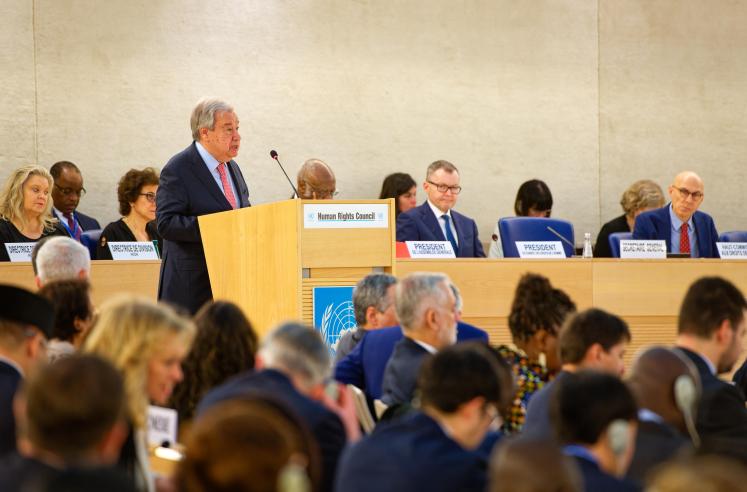Beyond the Security Council and General Assembly, the United Nations hosts a rich ecosystem for identifying the drivers and early warning signs of conflict. This report, authored by current and former UNU-CPR researchers and published by the Geneva Academy of International Humanitarian Law and Human Rights, argues that the UN's Human Rights Council (HRC) offers a crucial opportunity for enhancing the UN’s prevention role.
Drawing from a quantitative and qualitative deep dive into key conflict early warning signals and trends in five conflict case studies – Syria (2011), Mali (2012), South Sudan (2013), Ukraine (2014) and Myanmar (2017) – the report identifies whether and how human rights reporting may have generated early warning signs prior to the outbreak of conflict. It also examines whether the UN translated early warning into programming or policy action to prevent the escalation of conflict.
Across the case studies, the UN’s human rights system generated a wealth of information that clearly indicated growing risks of violent conflict. However, many of these signals were buried in long reports or spread out across different bodies of information, making them difficult to access or understand.
The report explores how human rights reporting can provide insights into risk factors like marginalization, discrimination and government responses to escalating threats.
Access "From signals to action – how the UN human rights system can deliver early warning and conflict prevention" here.
Suggested citation: Day Adam, Emma Bapt. From signals to action : UNU-CPR, 2025.


